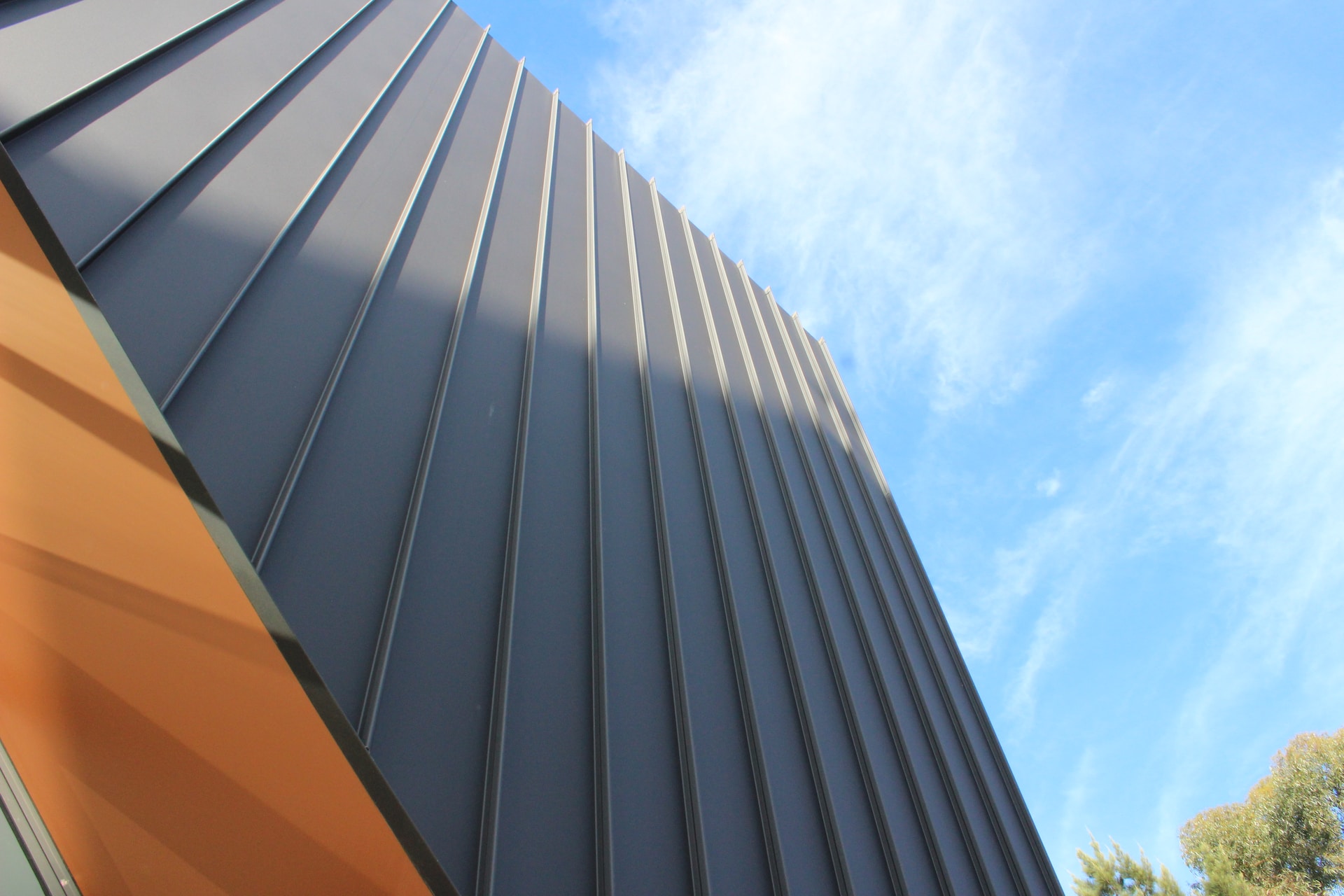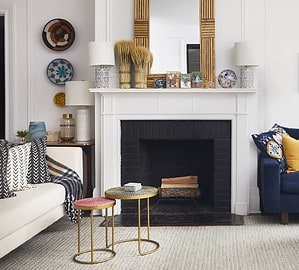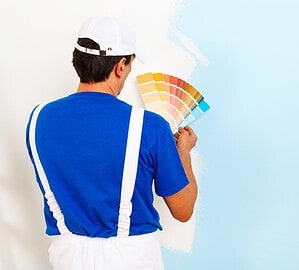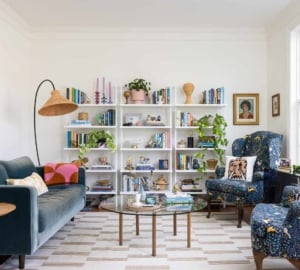Are you thinking of getting your house a new roof? As with any major renovation, there’s more to think about than just the cost of materials and labor. Your roof can play an important role in determining the exterior aesthetic of your home, as well as providing various levels of functionality – from insulation and ventilation to light reflection or absorption. By understanding how different roof designs influence these aspects, you can make an informed decision on what style best suits your needs. In this blog post, we’ll explore the basics of roof design and take a look at how it impacts both appearance and overall performance.
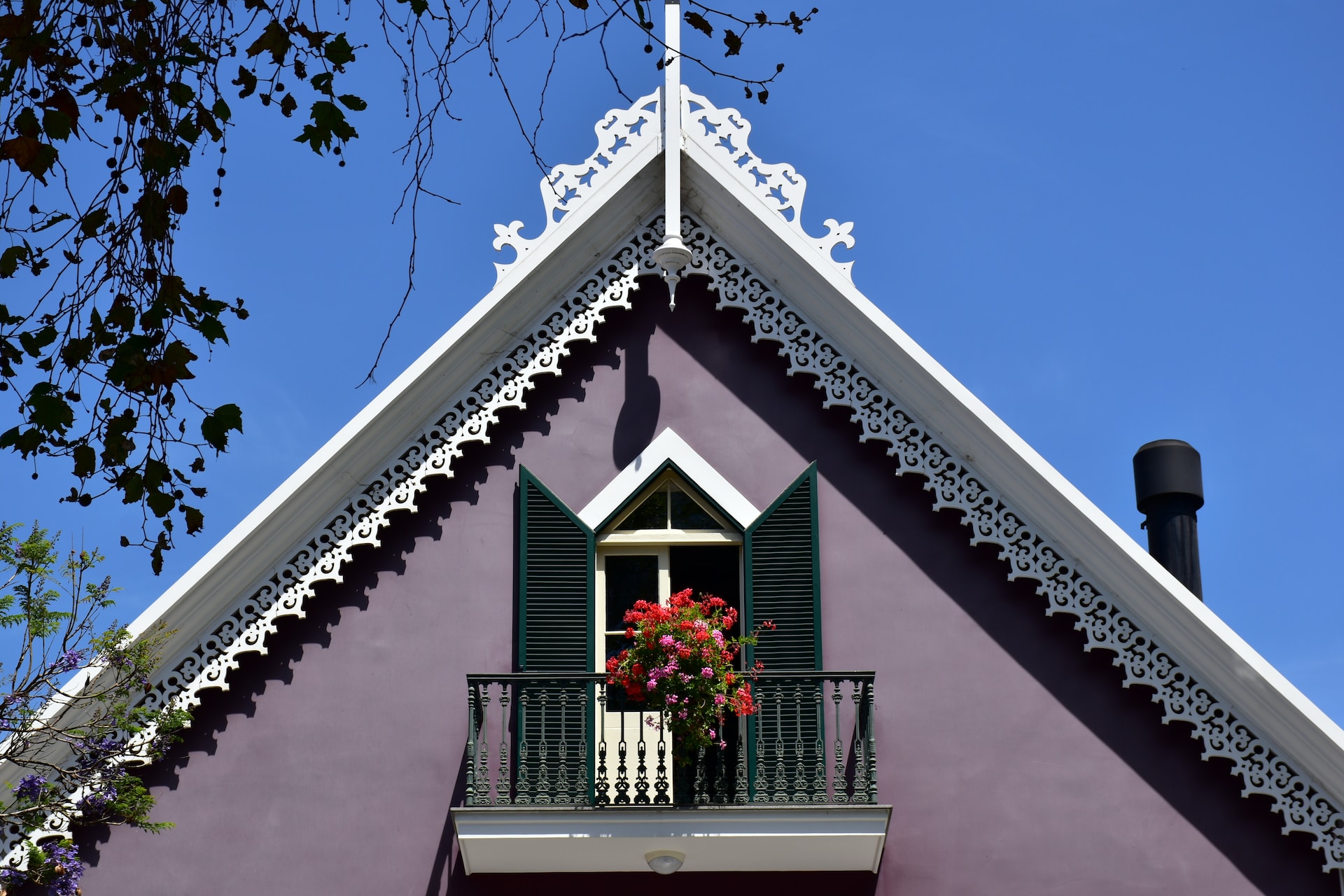
Functionality and Climate Considerations
When it comes to functionality, one key factor in roof design is climate consideration. Different designs are better suited to certain weather conditions and temperatures. For instance, gable roofs, with their triangular shape, are ideal for areas with heavy snowfall. The design allows for easy snow runoff, preventing build-up and the associated weight strain on the home.
Flat roofs, on the other hand, are perfect for arid, hot climates, as their design allows for easy installation of solar panels, maximizing solar energy usage. The choice of roofing material also plays a significant role. Metal roofs, for example, reflect sunlight, helping keep homes cooler in hot climates. Working with expert roofers helps with design preventing potential issues and dealing with different repairs including roof leak repair, shingling, and more. This can also help increase the longevity of your roof. Just remember, when considering functionality in roof design, it’s essential to take into account your local climate and the type of materials used.
Architectural Harmony
Just as important as functionality is the aesthetic harmony between your roof and the overall architectural design of your home. The style of roof you choose should complement and enhance your home’s architecture. For example, a modern home might pair beautifully with a sleek, flat roof, while a more traditional home could benefit from the classic appeal of a gable or hip roof. The color and material of your roof can also add visual interest and tie the look of your home together. Aesthetically pleasing roofs can boost your home’s curb appeal, potentially increasing its value. Remember, it’s not just about choosing a roof that looks good on its own; it’s about selecting a design that integrates seamlessly with the rest of your home’s design.
Energy Efficiency
Choosing the right roof design can also significantly impact the energy efficiency of your home. For instance, a well-designed roof can help reduce heat gain during summer and heat loss during winter, thereby reducing your reliance on heating and cooling systems. This is not only beneficial for the environment but can also significantly decrease your energy bills.
The use of certain materials, like cool roofs, can reflect more sunlight and absorb less heat, further improving energy efficiency. Additionally, the incorporation of solar panels into your roof design can allow you to generate your electricity, taking a step further towards a sustainable lifestyle. Always consider the energy impact when selecting your roof design and materials; it’s an investment that can pay off in the long run.
Natural Light and Ventilation
Natural light and ventilation are key considerations in roof design – both contribute significantly to the livability and comfort of your home while helping to reduce energy costs. A roof design that optimizes natural light can help illuminate your home during the day, reducing the need for artificial lighting and providing a more pleasing, natural atmosphere. Options such as skylights or clear roofing panels can substantially increase the amount of natural light in your home.
Ventilation, on the other hand, is vital in maintaining indoor air quality and preventing moisture-related issues such as mold and dampness. A well-ventilated roof reduces the buildup of heat, making your home more comfortable during warmer months.
It also helps in preventing the accumulation of condensation during cooler months, which can lead to long-term damage to your roof. Innovative roof designs can incorporate ventilation features that can help regulate indoor climate and improve air quality. By considering natural light and ventilation in your roof design, you can create a more enjoyable and healthier living space.
Pitch and Slope
The pitch and slope of your roof are critical elements to consider when deciding on the design of your roof. The terms “pitch” and “slope” are often used interchangeably, but they refer to somewhat different aspects. The slope pertains to the angle of the roof surface, while the pitch refers to the number of vertical inches the roof rises for every 12 horizontal inches it extends.
A steeply pitched roof is advantageous for regions with heavy rainfall or snow, as it facilitates quicker water and snow runoff, reducing the possibility of leaks or snow load damage. On the contrary, a lower slope or nearly flat roof might be suitable for dry climates and can provide additional space for a rooftop garden or solar panels.
In conclusion, roof design is a crucial aspect of both the aesthetics and functionality of your home. By taking into consideration factors such as climate, architectural harmony, energy efficiency, natural light and ventilation, and pitch and slope, you can make an informed decision on what type of design works best for your needs.

